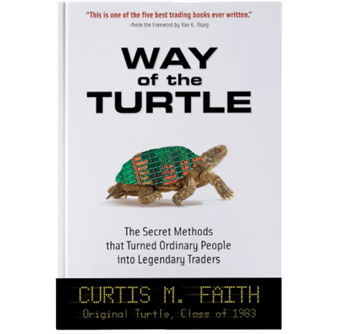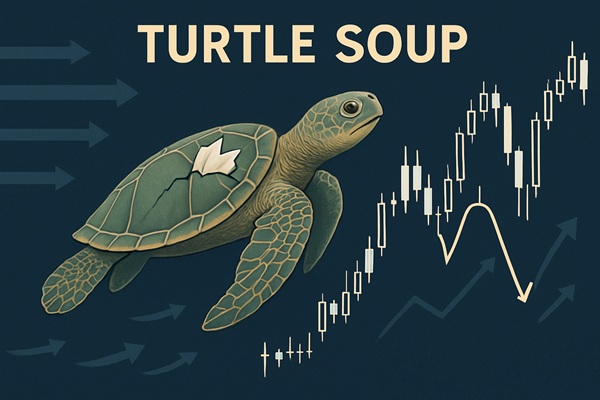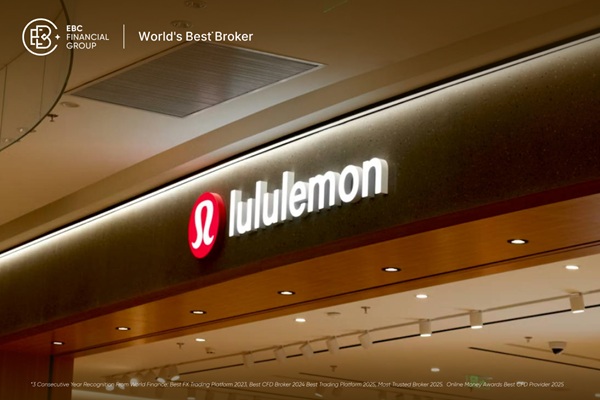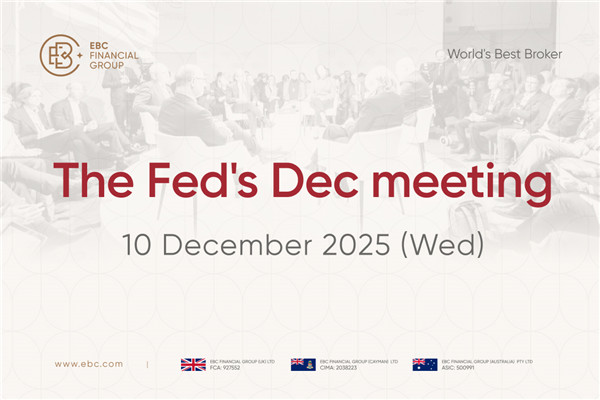Few trading systems have captured the imagination of traders like Turtle Trading. Originally devised as part of a bold experiment in the 1980s, the strategy proved that disciplined rule-following—not intuition—could lead to consistent success in the markets. Based on clear technical rules and rigorous risk management, Turtle Trading showed that complete beginners could be trained to outperform professionals. Decades later, its principles remain relevant for traders seeking a systematic approach to riding market trends.
Origins of Turtle Trading
The Turtle Trading experiment began in 1983 as the result of a wager between two seasoned traders: Richard Dennis and William Eckhardt. Dennis, a successful commodities trader, believed that successful trading could be taught. Eckhardt, in contrast, believed that great traders were born, not made.

To settle the debate, they recruited a group of individuals from various backgrounds—some with no financial experience—and trained them in a simple set of trading rules. This group became known as the Turtles. Within just two weeks of training, the Turtles began trading real money. Over the following years, many of them achieved remarkable success, proving Dennis's point.
The system was based on clear, rule-driven strategies rooted in trend-following, risk control, and discipline—three pillars that remain central to modern trading systems today.
Core Principles & Rules

At its heart, the Turtle Trading system is a mechanical trend-following strategy. It uses technical indicators to determine when to enter and exit trades, relying entirely on price action rather than fundamental analysis.
Here are the key elements:
Breakout entry signals: Turtles entered trades when the price broke above or below a set number of days' highs or lows (commonly the 20-day breakout for entry).
Volatility-based position sizing: The system used the Average True Range (ATR) or "N-value" to determine how many contracts to trade. Higher volatility meant smaller positions; lower volatility meant larger ones.
Diversification: The Turtles traded a range of markets—including commodities, currencies, and financial futures—to smooth returns and reduce correlation.
Trend continuation: Positions were only added when the trend confirmed itself, often through further breakout levels.
System 1 and System 2: Turtles used two variations—System 1 was shorter-term (20-day breakouts), and System 2 was longer-term (55-day breakouts), offering flexibility depending on the market environment.
These rules were rigidly followed, with minimal room for emotional interference—emphasising discipline and consistency.
Turtle Markets & Timeframes
The original Turtle Trading system was applied to liquid futures markets, which were easier to trade at scale and allowed for better execution of large orders. Common instruments included:
Crude oil
Gold and silver
Interest rate futures
Agricultural commodities
Major currency pairs (USD, EUR, JPY, GBP)
Equity indices (e.g. S&P 500 futures)
Although modern traders may not all have access to futures markets, the core concepts can be adapted to CFDs, ETFs, or even spot forex markets using appropriate tools and risk controls.
In terms of timeframes, the strategy operated on daily charts, making it suitable for those who don't want to be glued to the screen all day. Entry and exit signals were checked once per day based on closing prices, which also helped to reduce overtrading and noise from intraday fluctuations.
Breakouts & Channels
One of the system's core tools was the Donchian Channel, which plots the highest high and lowest low over a set number of days. Turtles used:
20-day highs/lows for entry signals (System 1)
10-day lows for stop-loss exits
55-day highs/lows for longer-term confirmation (System 2)
Example:
If the price of gold closes above its 20-day high, the trader enters a long position. If it drops below its 10-day low, the position is exited.
The breakout approach works on the principle that strong trends tend to persist. However, it also leads to frequent small losses (whipsaws) when markets are range-bound—something that Turtles accepted as part of the game.
This method requires patience and the willingness to endure losing trades while waiting for large, trend-driven profits to materialise.
Risk Management Basics
Risk control was arguably the most vital part of the Turtle system. The method was designed to preserve capital during sideways markets and maximise gains during trending periods.
Key risk management rules included:
1% Rule: Never risk more than 1–2% of account capital on a single trade.
Volatility Units (N): Positions were sized based on market volatility—using the Average True Range (ATR) over the past 20 days.
Stop-loss exits: Pre-defined exit points were calculated to prevent large losses.
Pyramiding with care: Traders could add to winning positions (scale in) as long as total risk stayed within strict limits.
Max exposure cap: Total risk across all open trades was controlled to prevent overexposure during correlated moves.
This structured approach ensured that even during prolonged drawdowns, traders would avoid catastrophic losses and stay in the game long enough to catch the next big trend.
Final Thoughts
Turtle Trading remains one of the most influential mechanical trading systems in history. Its enduring value lies not just in the rules themselves, but in the mindset it promotes: follow the trend, manage risk, and remove emotion from the decision-making process.
Though the financial markets have evolved, the principles behind the Turtle system still apply. With proper adaptation and risk control, even modern traders can benefit from its disciplined trend-following approach—whether through futures, forex, or ETFs. For beginners seeking a rule-based strategy grounded in logic and data, Turtle Trading offers both a solid foundation and a timeless lesson: simple systems, when applied with discipline, can outperform even the most complex strategies.
Disclaimer: This material is for general information purposes only and is not intended as (and should not be considered to be) financial, investment or other advice on which reliance should be placed. No opinion given in the material constitutes a recommendation by EBC or the author that any particular investment, security, transaction or investment strategy is suitable for any specific person.




























